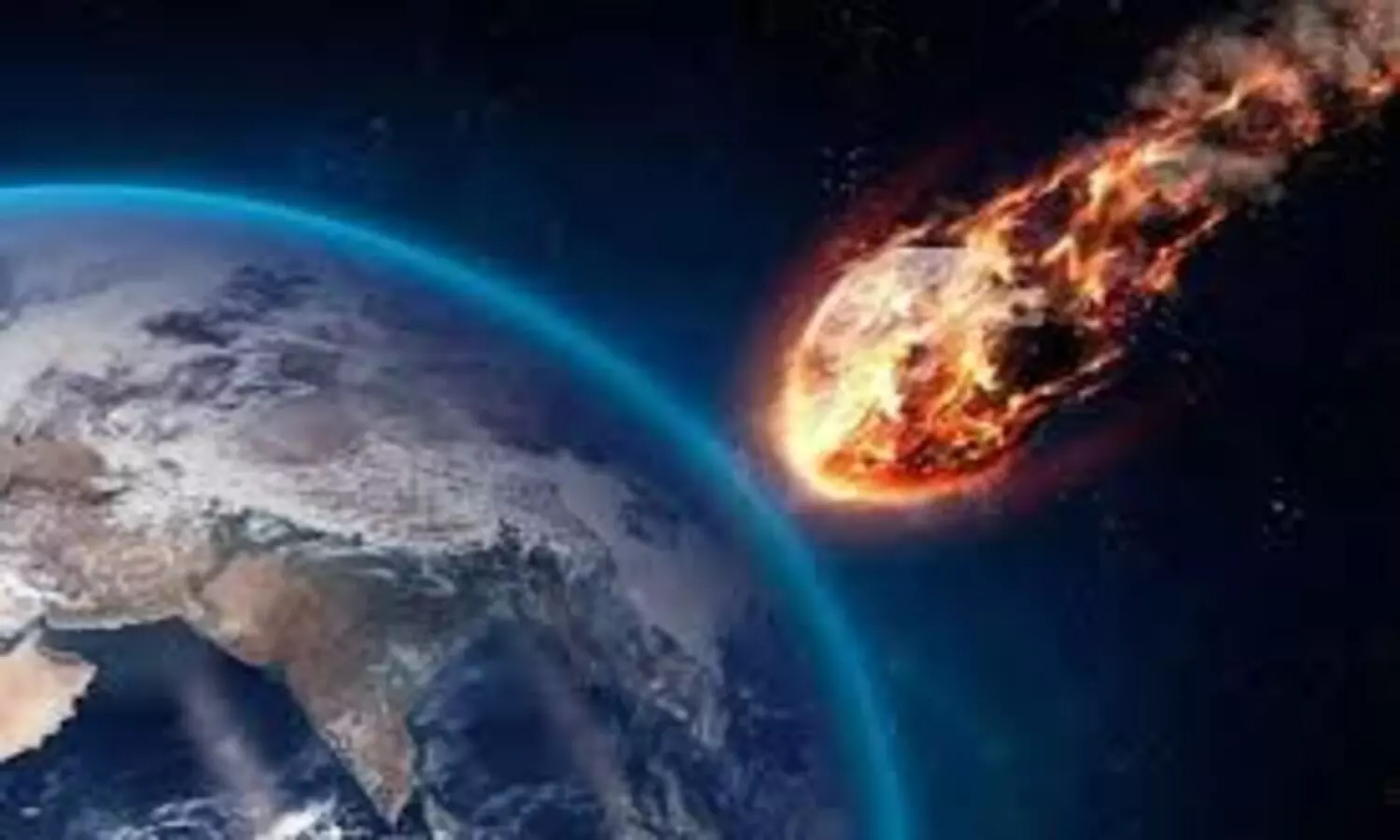Large Asteroid 2003 MH4 to Pass Near Earth on May 24
NASA confirms asteroid 2003 MH4, 335m wide, will pass Earth on May 24 at 6.68 million km. No threat, but tracking continues.
image for illustrative purpose

A large asteroid, designated 2003 MH4, is expected to make a near-Earth approach on Saturday, according to NASA’s Center for Near-Earth Object Studies (CNEOS). The asteroid, estimated to be 335 meters wide—approximately three football fields in length—will pass at a distance of 6.68 million kilometers from the planet.
Traveling at a velocity of 14 kilometers per second, the object is being closely monitored by global space agencies. Although no collision risk has been identified, the proximity of the flyby has placed the asteroid under heightened observation.
NASA has labeled 2003 MH4 a Potentially Hazardous Asteroid (PHA) due to its size and trajectory. Any object exceeding 150 meters in diameter and coming within 7.5 million kilometers of Earth falls under this classification. This designation does not imply an immediate threat but highlights the need for constant orbital tracking.
The asteroid belongs to the Apollo group—asteroids with orbits that cross Earth’s path. Objects in this category are studied carefully because of their potential to intersect with Earth’s orbit during future passages.
Astrophysicists are analyzing 2003 MH4’s structural makeup, reflectivity, and density. These properties impact its movement through space, particularly in relation to minor gravitational nudges and thermal forces such as the Yarkovsky effect, which can gradually alter its orbit.
CNEOS and international planetary defense teams continue to monitor the asteroid’s trajectory, using radar imaging and optical tracking data to refine predictions. The upcoming flyby offers a valuable opportunity to collect additional information on its physical characteristics and motion patterns.
Despite the asteroid's classification and size, experts stress there is no foreseeable danger. However, the event reinforces the importance of continued investment in planetary defense systems. Slight orbital deviations, whether from gravitational influences or solar radiation, could shift future trajectories of similar objects.
Planetary defense researchers emphasize that impact scenarios involving asteroids of this scale could result in catastrophic outcomes. A direct impact from an object this size might unleash energy on par with several thousand nuclear detonations, triggering fires, oceanic disturbances, and atmospheric disruptions.

